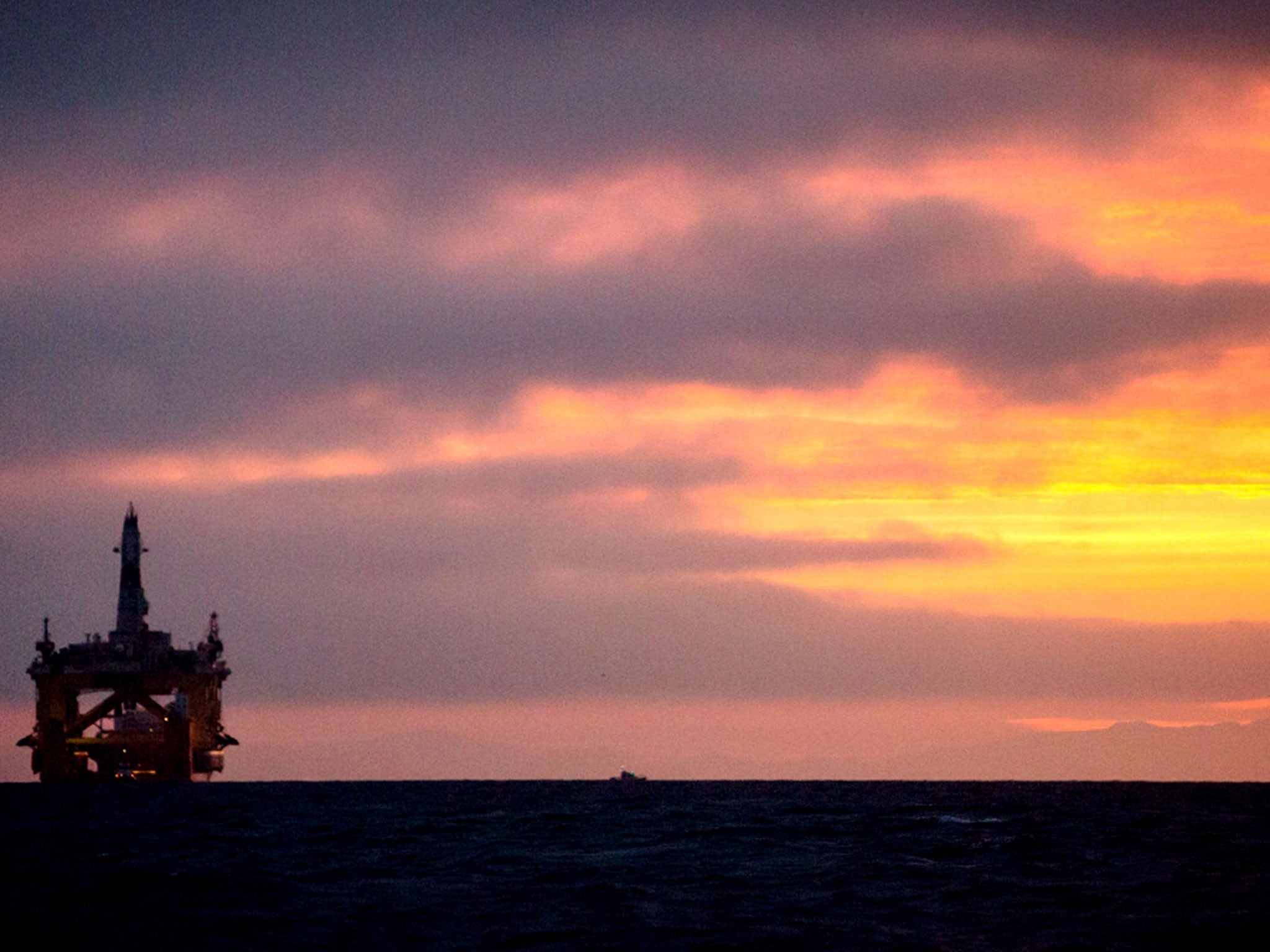Arctic oil drilling: Shell sets its sights on Alaska - but drilling in such a remote region is risky
The region is regarded as the major untapped source of hydrocarbons, with estimates suggesting it could hold as much as a fifth of the planet's undiscovered oil and gas

Shell is a step closer to achieving its long-held dream of conquering the Arctic, after receiving one of the key permits it needs to drill for oil in Alaska.
The US government has conditionally approved an application by Shell to drill in the Arctic Ocean off Alaska this summer, pending approval from state and federal agencies. The company is hoping to drill six exploration wells in the Burger prospect, at a cost of $1bn (£680m) .
But even if the company does secure the outstanding permits – which is by no means certain – huge question marks remain over the Arctic. The region is uncharted territory for the oil majors, promising huge riches but with the potential to decimate a company in the event of a significant spill by landing it with tens of billions of dollars of clean-up costs and destroying its reputation.
Kim Fustier, an analyst at Edison Investment Research, said: “A potential oil spill in Alaska could have major repercussions for Shell and the environment – but estimates suggest the reserves could be absolutely massive.”
She points to US government estimates that the Burger prospect in the Chukchi Sea, where Shell plans to drill, contains 14 trillion cubic feet of gas and 724 million barrels of gas condensate, a liquid hydrocarbon. This dwarfs any discovery made worldwide in the past year.
Overall, the Arctic region is regarded by Shell and others as the major untapped source of hydrocarbons, with estimates suggesting it could hold as much as a fifth of the planet’s undiscovered oil and gas.
As yet, however, exploration has been restricted to the edges of this pristine environment. This is because while the reserves hold the promise of great riches, the oil will be extremely expensive to extract in such an inhospitable environment. The conditions are so tough that the drilling season typically runs from July to September, when the sea ice has thawed.
The everyday cost of extraction, however, is nothing compared with the likely cost from a major spill, according to analysts, who say BP’s Gulf of Mexico spill in 2010 – which has cost Shell’s rival more than $40bn and counting – could pale by comparison with a large Arctic accident.
The area is extremely remote, with no roads to major cities or deepwater ports within hundreds of miles, making it extremely difficult for clean-up and rescue workers to reach the site.
The closest US Coast Guard Station with equipment for responding to an oil spill is more than 1,000 miles away. Even in summer the weather can be extreme, with waves up to 50ft high. In a worst-case scenario, a spill occurring at the end of the drilling season might not be able to be properly addressed until the following summer, by which time it could have wreaked considerable damage, according to anti-drilling campaigners.
Although the possibility of a major oil spill may seem remote, Shell’s record in the Arctic – where it has spent about $6bn in the past decade and is yet to locate any oil – already includes a number of incidents.
These include a fire on the Noble Discoverer rig and the failure to have a spill-response barge on site before drilling rigs reached oil-bearing zones. But the most high-profile incident was the grounding of its Kulluk drill barge off Sitkalidak Island in the Gulf of Alaska on 31 December 2012.
The US government blocked Shell from any activities in Alaska following the grounding of the Kulluk but, following this week’s ruling, it is hopeful it can begin work again in the next few months.
“Shell’s bungled Arctic operations in recent years have demonstrated that they can’t drill a well safely in this high-risk environment,” said Rod Downie of WWF-UK. “Another major spill caused by a UK-registered company like Shell would be a great national embarrassment.”
Mr Downie added that Arctic wildlife was already threatened by warming temperatures and the loss of sea ice as a result of climate change.
Shell has consistently said it is committed to exploring in the Arctic, is aware of the challenges that poses and is working hard to address them.
A Shell spokesman said the US government approval was “an important milestone and signals the confidence regulators have in our plan”. He added: “Before operations can begin this summer, it’s imperative that the remainder of our permits be practical and delivered in a timely manner.”
A review of Shell’s performance in 2013 by the US Department of the Interior was critical of the company’s management, and Shell acknowledged that it was unprepared for some of the problems it encountered.
But the department has significantly strengthened and updated its drilling regulations since then and is satisfied with Shell’s plan, in part because drilling will now be confined to shallower waters.
Despite Shell’s improving prospects in the Arctic the group’s chief operating officer, Simon Henry, hinted last month that the company was less excited about the region than it had been.
Mr Henry said Shell would, of course, vigorously pursue Alaska if it was able to detect large volumes of oil, but paved the way for an exit by indicating it could equally walk away if tests failed to come up with a satisfactory result.
Subscribe to Independent Premium to bookmark this article
Want to bookmark your favourite articles and stories to read or reference later? Start your Independent Premium subscription today.

Join our commenting forum
Join thought-provoking conversations, follow other Independent readers and see their replies